Creeping Myrtle, also called Vinca Minor, is a lovely plant. It is known for its beautiful flowers and green leaves. This plant is easy to care for. It grows well in many places. Let’s learn more about this wonderful plant.

Credit: www.gardenia.net
What is Creeping Myrtle?
Creeping Myrtle is a ground cover plant. It belongs to the dogbane family. It is a hardy evergreen plant. This means it stays green all year. The plant grows low to the ground. It spreads out quickly. This makes it great for covering bare spots in gardens.
Creeping Myrtle has shiny, dark green leaves. The leaves are oval and smooth. The flowers bloom in spring. They are usually purple or blue. Some flowers can be white. The blooms attract bees and butterflies. This helps the garden by bringing more life to it.
Where Does Creeping Myrtle Grow?
This plant grows well in many places. It can grow in shade or partial sun. Creeping Myrtle likes moist soil. However, it can also tolerate dry soil. This makes it a good choice for different gardens.
People plant Creeping Myrtle in various areas. Here are some common places:
- Under trees where grass does not grow well.
- Along pathways to prevent weeds.
- In garden beds for a splash of color.
- In pots for a beautiful decoration.
How to Care for Creeping Myrtle
Caring for Creeping Myrtle is easy. Here are some simple steps to follow:
Watering
Water the plant regularly. The soil should be moist but not soggy. Too much water can harm the plant. Check the soil with your fingers. If it feels dry, it’s time to water.
Soil
Creeping Myrtle grows well in different types of soil. It prefers well-drained soil. You can mix in some compost. This helps the plant grow strong and healthy.
Sunlight
This plant prefers partial shade. However, it can also grow in full sun. Too much sun can dry out the leaves. If you notice browning leaves, it may need more shade.
Fertilizing
Fertilizing is not always necessary. If you want, you can use a balanced fertilizer. Apply it in spring before the flowers bloom. This will help the plant grow better.
Pruning
Pruning helps keep the plant healthy. You can trim back the stems in early spring. This encourages new growth. It also keeps the plant looking neat.
Benefits of Creeping Myrtle
Creeping Myrtle has many benefits. Here are some reasons to plant it:
- It covers bare spots in gardens.
- It prevents weeds from growing.
- It attracts pollinators like bees and butterflies.
- It is easy to care for and low maintenance.
- It adds beauty with its flowers and leaves.
Possible Problems with Creeping Myrtle
While Creeping Myrtle is a tough plant, it can have some issues. Here are a few problems to watch for:
Pests
Sometimes, pests can attack the plant. Common pests include aphids and snails. You can remove them by hand. For larger infestations, use insecticidal soap.
Diseases
Creeping Myrtle can get some diseases. The most common is root rot. This happens when the soil is too wet. Make sure the soil drains well. If you see yellowing leaves, check the roots.
Invasive Nature
Creeping Myrtle can spread quickly. In some areas, it may become invasive. This means it can take over other plants. To control its growth, trim it back regularly. You can also plant it in a confined space.
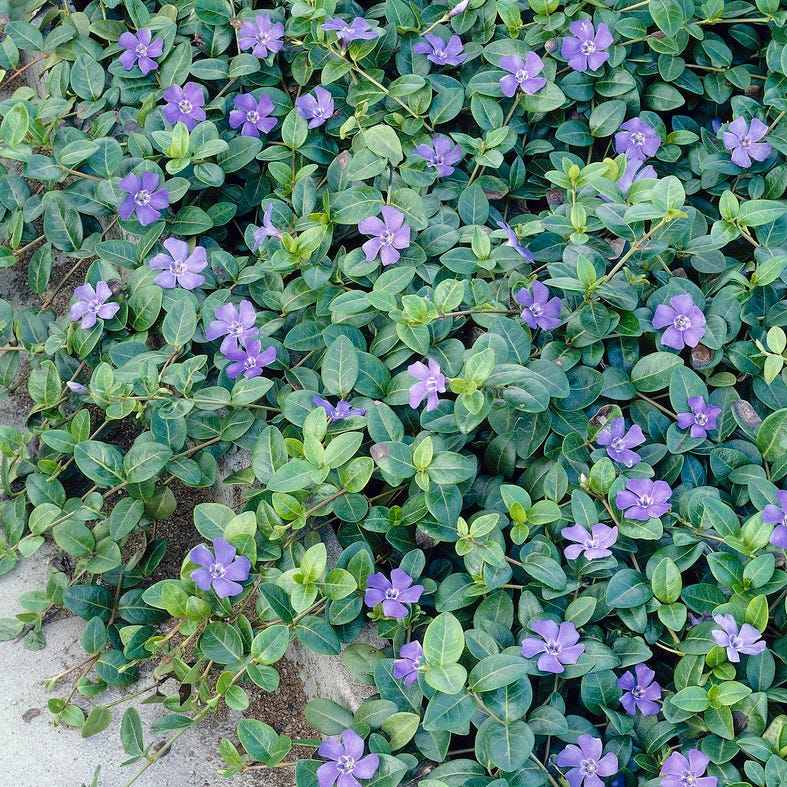
Credit: www.americanmeadows.com
How to Propagate Creeping Myrtle
Propagating Creeping Myrtle is simple. You can do it through cuttings or by division.
Cuttings
To take cuttings, follow these steps:
- Choose a healthy stem in spring.
- Cut a 4-6 inch piece just below a leaf node.
- Remove the lower leaves from the cutting.
- Place the cutting in water or soil.
- Keep it moist until it roots.
Division
Dividing the plant is another way to propagate. Here’s how:
- In early spring or fall, dig up the plant.
- Carefully separate the roots into smaller sections.
- Replant the sections in new spots.
- Water them well to help them settle.
Using Creeping Myrtle in Your Garden
Creeping Myrtle is versatile. You can use it in many ways:
Ground Cover
As a ground cover, it prevents weeds. It also keeps the soil moist. This is great for areas where grass struggles.
Container Planting
In containers, it adds charm. It can spill over the edges beautifully. This makes it a perfect decoration for patios or porches.
Border Planting
Use it as a border plant. It creates a soft edge around flower beds. This adds structure to your garden design.
Conclusion
Creeping Myrtle (Vinca Minor) is a wonderful plant. It is easy to grow and care for. With its beautiful flowers and lush green leaves, it adds charm to any garden. It attracts pollinators and prevents weeds. Remember to check for pests and diseases. Pruning helps keep it healthy. Whether you plant it as ground cover or in pots, it is sure to brighten your space.
So, if you want a lovely, low-maintenance plant, consider Creeping Myrtle. It is a great addition to any garden. Start your gardening journey today!

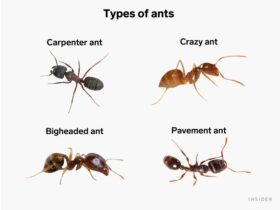
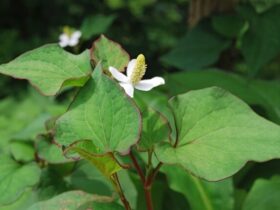
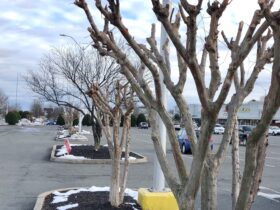

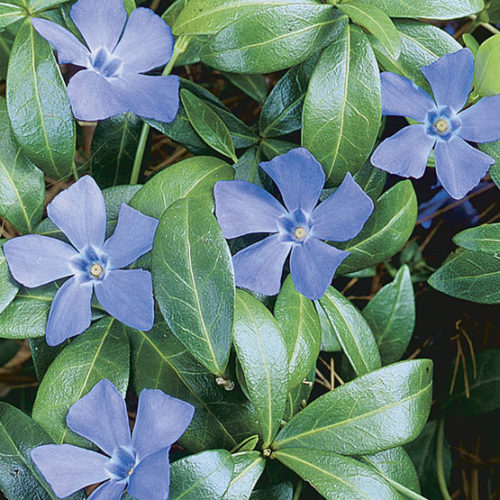
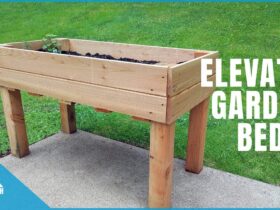
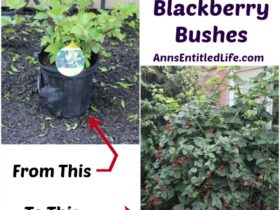

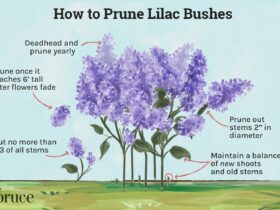

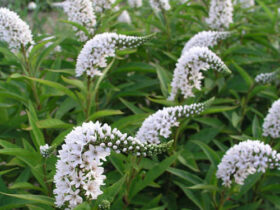



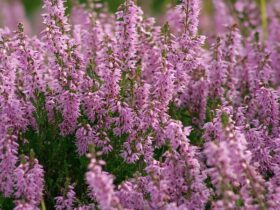

Leave a Review